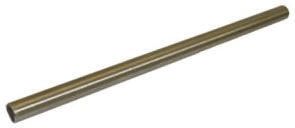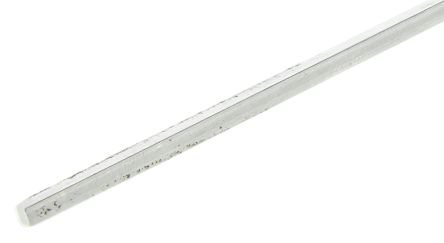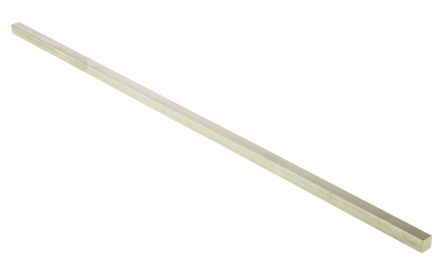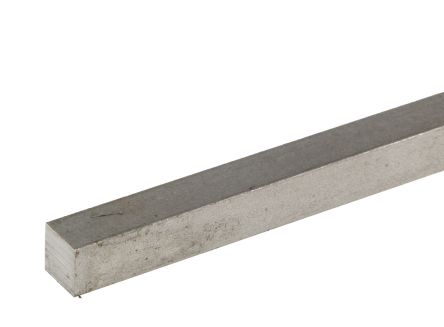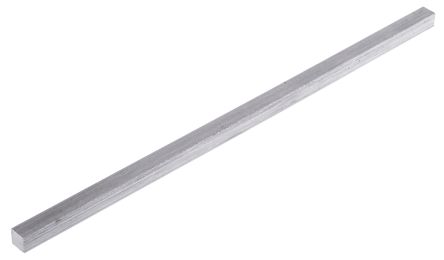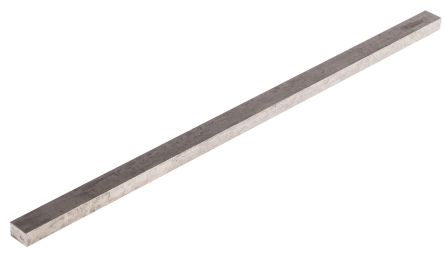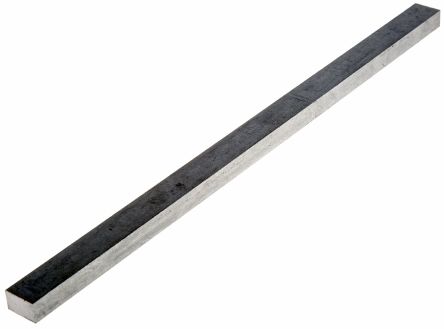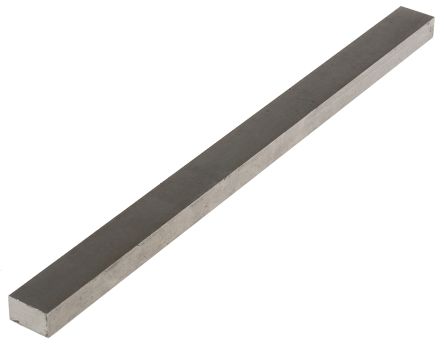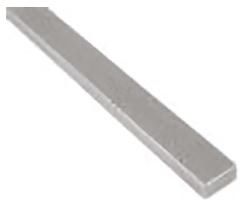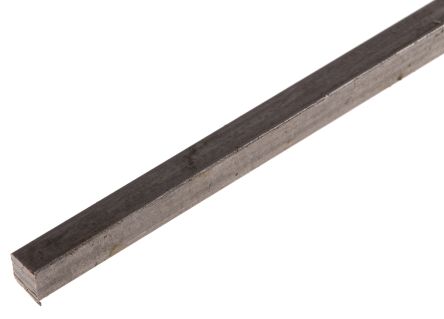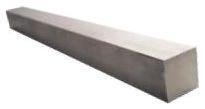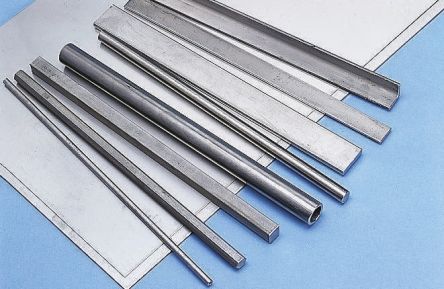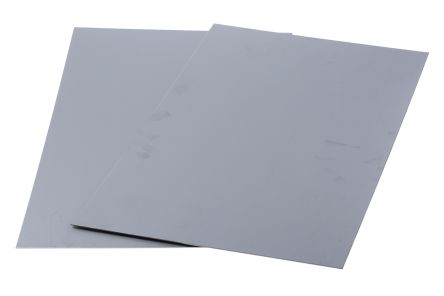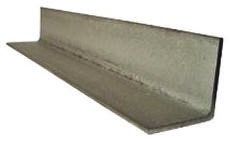
|
In this guide, we look at the different types of stainless steel rods and bars that are available, common sizes and shapes as well as their uses.
Round bar/rod
Flat/rectangular bar
Square Bar
Sized by diameter
Sized by thickness and width
Sized by either thickness or width
Hexagonal bar
T-Bar (or tee bar)
Channel (sometimes called u-channel)
Sized by thickness across the flat faces, rather than corner-to-corner
Commonly used in industry, machinery, commerce and equipment manufacture
Often used in equipment frames and braces, as well as enclosures and housings
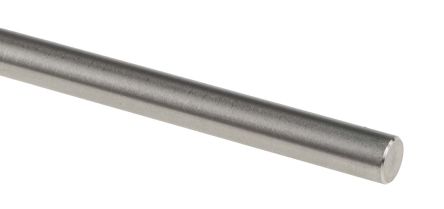
|
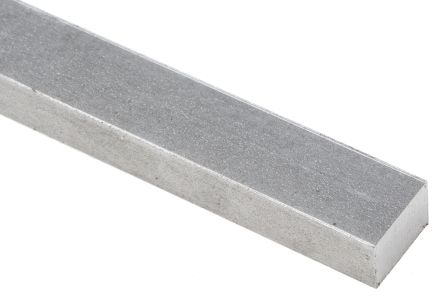
|
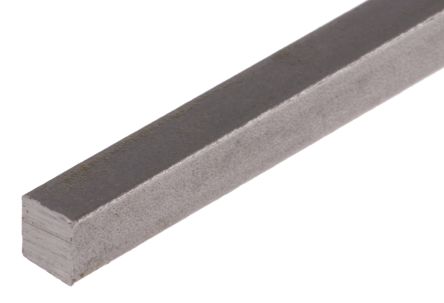
|
| Shop for stainless steel round bars/rods | Shop for stainless steel rectangular bars | Shop for stainless steel square bars |
304 stainless steel
309 stainless steel
430 stainless steel
Denotes general-purpose austenitic alloy
Denotes high temperature-suitable stainless steel
Denotes ferritic stainless steel for use in food-grade applications
316/316L stainless steel
15-5 PH stainless steel
Denotes suitability for ‘316’ (chemical) applications, where the ‘L’ additionally indicates suitability for welding
Denotes precipitation-hardened (thus PH) stainless steel for use in valves, fittings and fasteners
Ferritic stainless steel
Austenitic stainless steel
- Chromium-based, typically with carbon content at under 0.1%
- Increased resistance to aggressive environmental conditions
- Increased resistance to stress corrosion cracking (SCC)
- More susceptible to intergranular corrosion
- Brittle at very low temperatures
- Most often used in fairly thin sheets or tubing, as welds aren’t especially tough
- Among the most common variant, used in a wide range of applications
- Weldable and formable, due to their chemical makeup of manganese, nickel and nitrogen
- Balances moderate strength, hardness (can’t be heat-treated but can be ‘work-hardened’), ductility and toughness
- Relatively vulnerable to SCC unless nickel content is increased
- Pitting and crevice corrosion resistance (CCR) can be enhanced with higher molybdenum content
Martensitic stainless steel
Duplex stainless steel
Precipitation hardening stainless steel
- Higher carbon levels than ferritic alloys, allowing for tempering (hardness treatment)
- Higher strength, but lower corrosion resistance than most other stainless types
- Not especially formable or weldable
- More often used in stainless steel rods, bars and other long products, as opposed to sheet materials
- A mixture of ferritic and austenitic types; stronger than either on its own
- Resistant to SCC
- More vulnerable to IGC at higher alloy grades
- Moderately formable
- More expensive by weight, but increased strength can allow for less material use in some applications (e.g. tubing)
- Can be manufactured to very high strengths with the addition of aluminium, niobium and copper
- Relatively machinable without significant distortion
- Can either be more or less corrosion resistant than other types, depending on additives, but higher resistance incurs considerably higher costs
Browse popular stainless steel product areas using the links below:
